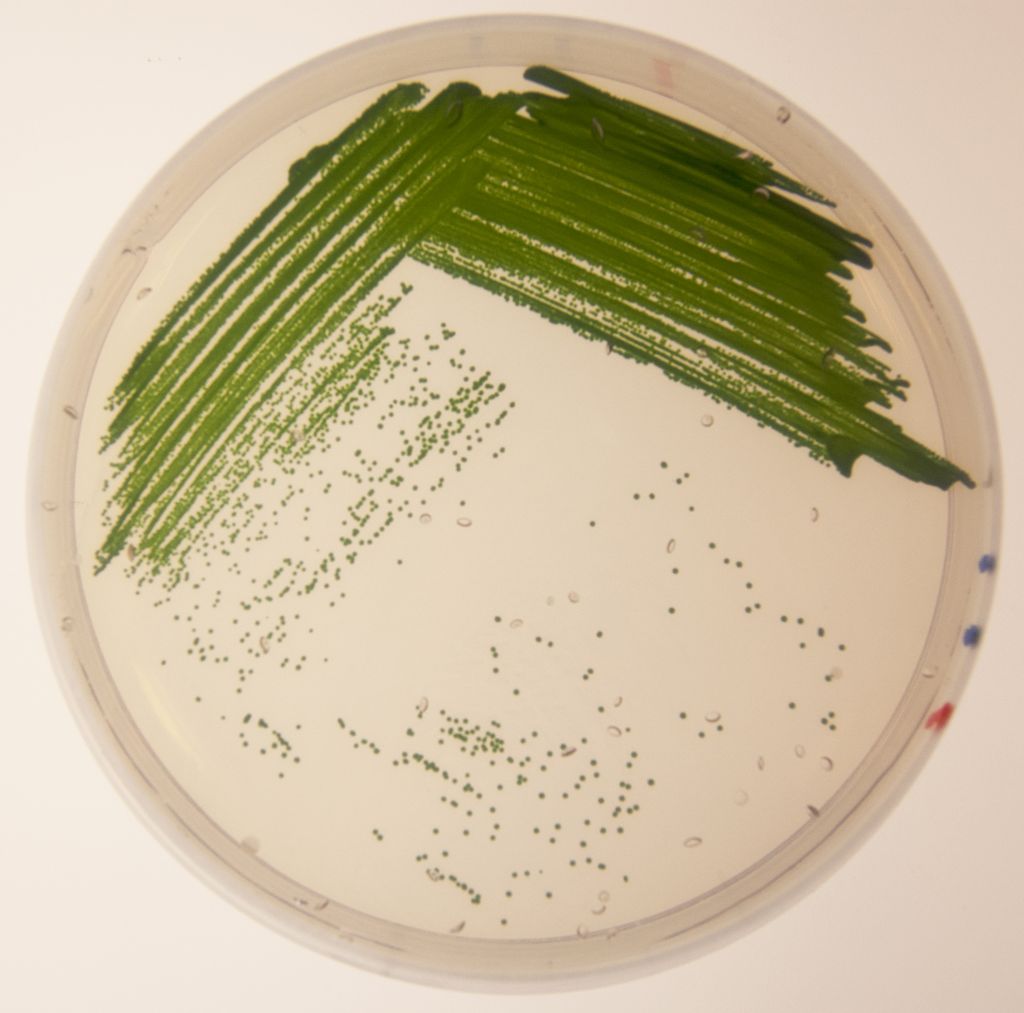Cyanobacteria obtain their energy through photosynthesis, fixing CO2 and, as a result of this process, generating oxygen, necessary to support life on Earth. Due to their abundance, especially in water bodies, they play an essential role in the assimilation of nutrients and in the balance of marine systems, being responsible for fixing approximately half of the CO2 on the planet.
Since these bacteria are subject to significant fluctuations in nutrient availability, having mechanisms to adjust assimilation processes would confer a selective advantage in changing environments such as water bodies. Now a study with the participation of the Spanish National Research Council (CSIC) has identified a new element that participates in the gene regulation circuit that controls nitrogen assimilation in these bacteria, considered biofactories for the production of various substances, including biofuels.
The element identified by the researchers is a small RNA that participates in the mechanisms of adaptation to fluctuating nitrogen concentrations, allowing for very precise regulation of the enzyme glutamine synthetase. The results of the work, published in the journal Proceedings of the National Academy of Sciences (PNAS), pave the way for further research into the complex regulatory circuits of these bacteria.
“In recent years, there has been a revolution in the way we understand gene expression in bacteria. New methodologies for massive transcriptomic analysis have allowed us to identify a large number of non-coding RNA molecules, which in many cases have a regulatory role. These types of molecules are involved in all kinds of processes ranging from adaptation to stress situations to the control of virulence in pathogenic organisms,” explains Alicia Muro, researcher at the Institute of Plant Biochemistry and Photosynthesis, a joint center of the CSIC and the University of Seville.
“Our current view of gene regulation in bacteria reveals a coordinated operation between transcription factors (proteins), which exert control at the transcriptional level, and small RNAs, which exert control at the post-transcriptional level,” adds the researcher.
The study was carried out in collaboration with a team that includes researchers from the Universities of Freiburg and Rostock (Germany).
Source: CSIC Communication Department
More information: Stephan Klähn, Christoph Schaal, Jens Georg, Desirée Baumgartner, Gernot Knippen, Martin Hagemann, Alicia M. Muro-Pastor and Wolfgang R. Hess. The sRNA NsiR4 is involved in nitrogen assimilation control in cyanobacteria by targeting glutamine synthetase inactivating factor IF7. PNAS. DOI: 10.1073/pnas.1508412112




